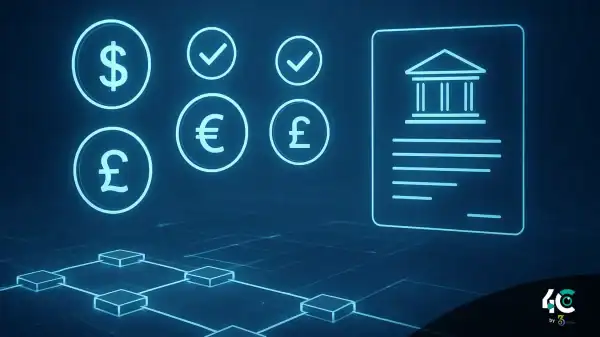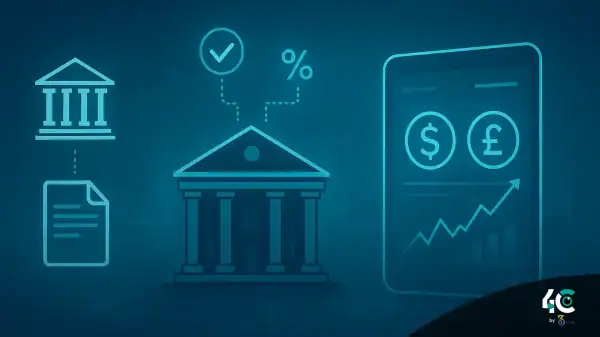Uber is looking into using stablecoins to ease its global payment system and cut costs, the ride-hailing company’s CEO explained this week. Uber’s CEO, Dara Khosrowshahi, spoke in San Francisco on June 5 at the Bloomberg Tech Summit. The company is currently in the “study phase” regarding the adoption of stablecoins.
According to Khosrowshahi, one of the most practical applications of crypto is stablecoins. Stablecoins surpass traditional value stores and have the potential to facilitate the efficient transfer of money globally.
Stablecoins are digital currencies designed to match the value of traditional currencies, most often the US dollar. They are typically supported by reserves, such as cash and short-term government bonds, which make them more stable and reliable for payments than more volatile cryptocurrencies like Bitcoin.
Khosrowshahi said people have different views on Bitcoin, but stablecoins have clear use cases. That’s especially true for global businesses such as Uber, which often undertakes transactions across borders. In terms of international payments, he called stablecoins “super interesting,” saying the technology could simplify money transfer and cut costs.
The ride-sharing giant isn’t alone in its interest. In May, Stripe co-founder John Collison revealed the payments firm is also in early talks with banks concerning stablecoin technology. Likewise, a recent report by digital asset platform Fireblocks revealed that 90% of financial institutions surveyed have tested or already deployed stablecoins in their systems.
Newsweek said, “Interest in stablecoins is growing not just in our company but throughout the industry.” According to Citigroup, as of April, the market cap of U.S. dollar-backed stablecoins surpassed $230 billion, with Tether (USDT) and USD Coin (USDC) accounting for 90% of the entire market. In 2024, transaction volumes reached $27.6 trillion, which is higher than Visa and Mastercard combined.
Regulatory rules are also making broader adoption easier. The U.S. GENIUS Act establishes guidance for stablecoin issuers and a clear framework from the U.S. Treasury. Meanwhile, the MiCA regulation in Europe and stablecoin frameworks in Asia are creating more structured environments for organizations looking for digital payment solutions.
Conclusion
Uber’s interest in stablecoins is an enormous step toward crypto adoption in mainstream global business. Stablecoins could become a powerful cost- and efficiency-reducing tool in international finance, thanks to growing institutional adoption and improved global regulation. The case for stablecoins and their impact on global money movement is expanding rapidly as major companies like Uber and Stripe push the crypto-finance frontier forward.



































